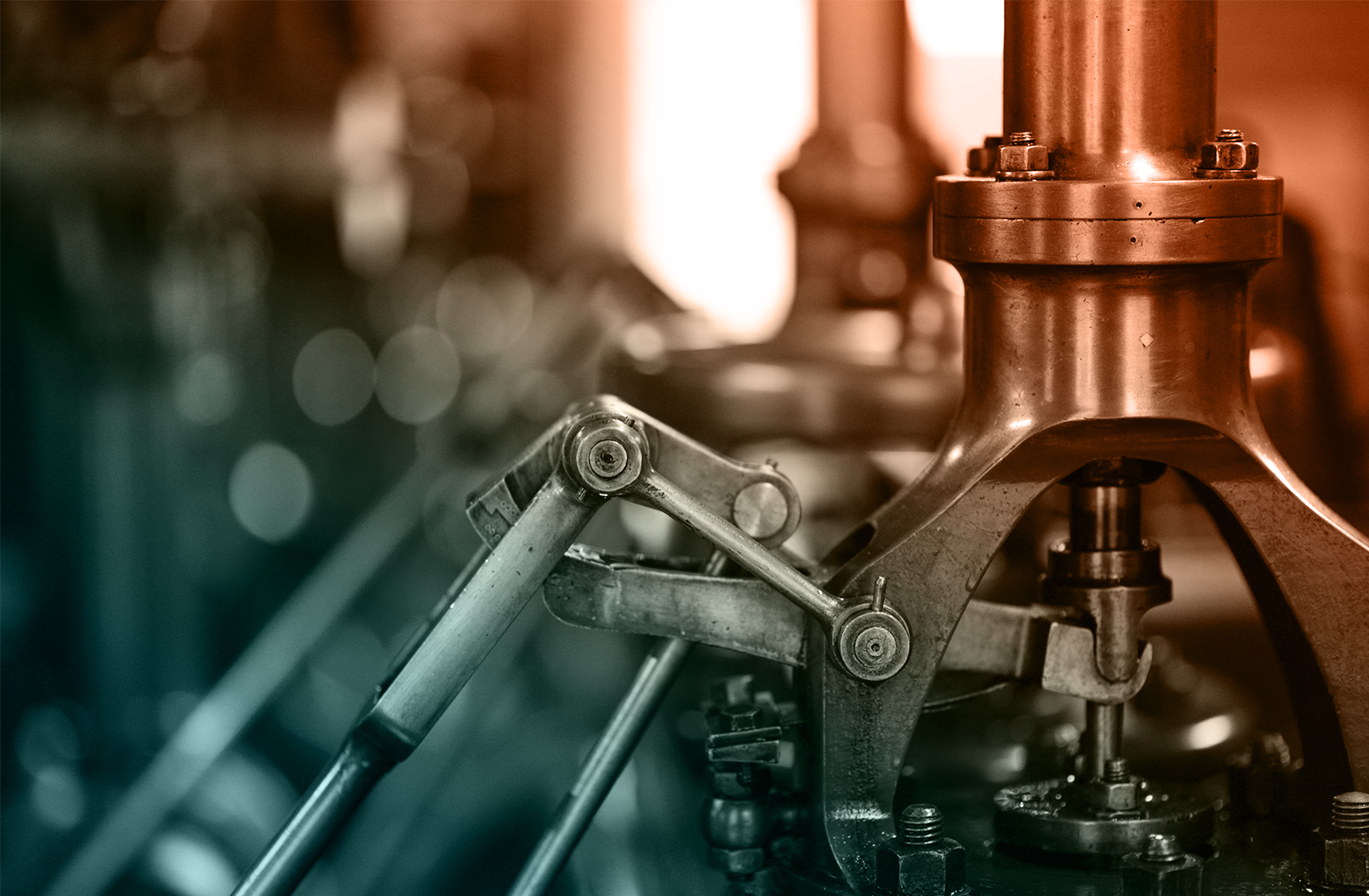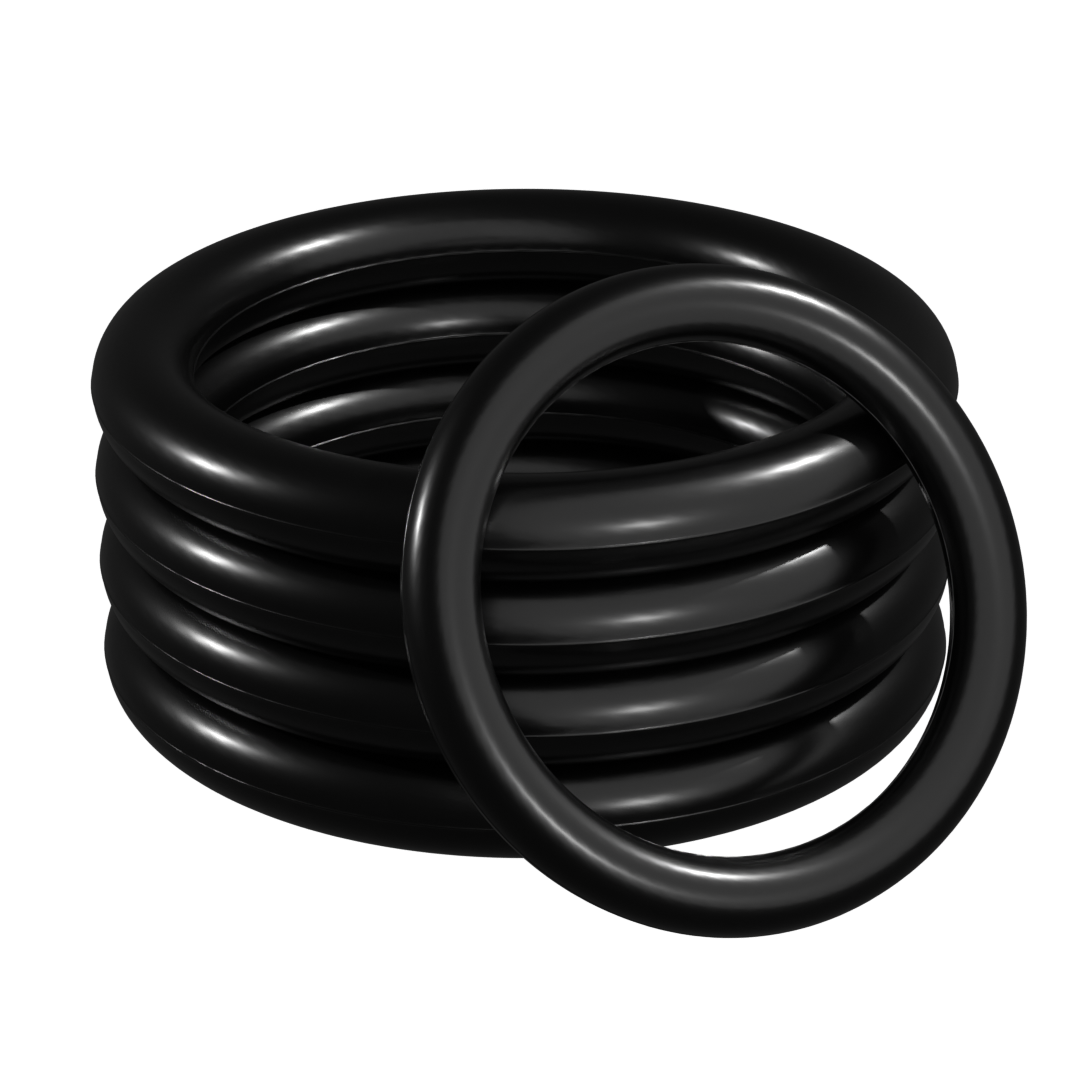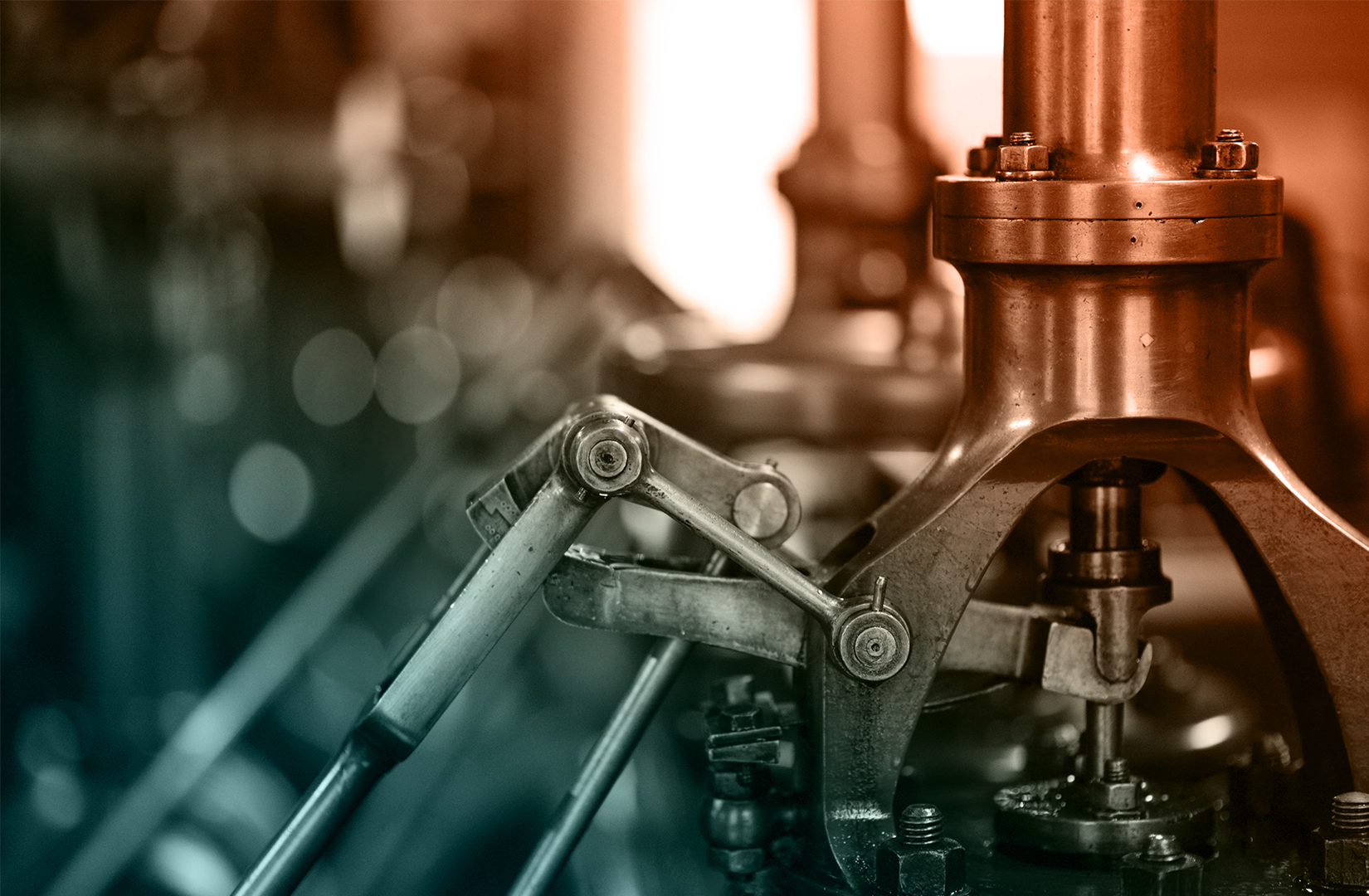
Spring Energized Seals
The harshest environments require specialized solutions. Often times, a Canyon Components Spring Energized Seal (SES) will be needed. SES are typically formatted in a multi-piece assembly consisting of a polymeric sealing component that is wrapped around a spring energizer. Together, these components form an incredibly resilient sealing mechanism with a wide range of applicational parameters.
Some SES are capable of temperatures ranging from over 300°C to cryogenic temperatures under -450°C. Other SES are designed for pressures of over 60,000 psi and high speed dynamic applications.
SES are commonly used in many industries, including Aerospace, Oil & Gas, Life Sciences, and Hydraulics. Common equivalent trade tames include: FlexiSeal®, Variseal®, OmniSeal®, and MSE®.

Table of Contents
Features of SES
- Spring Energized Seals can function at extremely low and extremely high temperatures.
- Spring Energized Seals can have specialty geometries and materials that can function in extremely high speed dynamic applications.
- Spring Energized Seals can have specialty geometries and materials that can function in extremely high pressures. No Explosive Decompression!
- Spring Energized Seals have very good resistance to nearly all media (exceptions are some fluorine compounds)
- Spring Energized Seals function in applications in broad range of temperatures
- Spring Energized Seals are superbly suited for use in the food, chemical and pharmaceutical industries
- Spring Energized Seals have low contamination and low permeation
- Spring Energized Seals have low coefficients of friction that help prevent the stick-slip effect
- Spring Energized Seals are cost-effective, high-performance seals for many critical application areas
Limitations of SES
- Typically, SES will be custom designed for any given application.
- Grooves may need to be designed specifically for SES usage.
- SES can be slightly more difficult to install than other seal types.
- SES can be damaged during installation.
Please consult a Canyon Components Engineer about your specific application and we will use our decades of experience to formulate a solution that fits your need.
Get a Quote Now!

How They Work
Spring Energized Seals (SES) are formatted in a multi-piece assembly consisting of a polymeric sealing component, or jacket, that is wrapped around a spring energizer. The final Spring Energized Seals assembly offers many of the same advantages of common elastomeric O-rings while also avoiding some of its shortcomings.
The internal spring applies constant force to the inside of the polymeric jacket, pushing it out towards the mating sealing surfaces. Simultaneously, the open end of the polymeric jacket should be facing towards the high pressure side of the sealing system, allowing the high pressures to apply further force to the inside of the jacket. The end result is a resilient seal that is energized by expansion forces applied by both the spring and high pressures in the system.
In lower pressure applications, a more resistive spring can be used to compensate and apply even force across the mating surfaces.


Material Options
Because Spring Energized Seals (SES) are used in such varied application, many different material options are often necessary. The descriptions below provide an overview of the material options available at Canyon Components.
Please note that this data is only for reference. Every application is different and will require special consideration when designing a functional seal.
Polymeric Jacket Materials
- PTFE (Virgin): -260°C to +260°C Static Applications
- PTFE + Graphite: -260°C to +300°C Good Abrasion Resistance. Mild Dynamic Applications
- PTFE + Carbon: -260°C to +300°C Great Abrasion Resistance. Dynamic Applications
- PTFE + Glass Fiber/MoS2: -240°C to +300°C Excellent Abrasion Resistance. High Speed Dynamic Applications
- PTFE + Bronze: -260°C to +300°C Excellent Abrasion Resistance. High Speed Dynamic Applications
- PTFE + Aromatic Polyester: -260°C to +315°C Good Abrasion Resistance. Mild Dynamic Applications
- UHMW-PE: -260°C to +80°C Excellent Abrasion Resistance. Reciprocating Dynamic Applications & Very Slow Rotary Dynamic Applications
- PEEK: -260°C to +260°C Excellent Abrasion Resistance. Dynamic Applications and High Temperatures
- PTFE (Modified Virgin): -260°C to +280°C Improved Permeability
- PTFE (Modified): -260°C to +260°C Improved Abrasion Resistance
- PTFE (Modified) + Glass Fiber: -260°C to +300°C Great Abrasion Resistance & Pressure Resistance
- PTFE + Carbon Fiber: -260°C to +300°C Great Abrasion Resistance & Pressure Resistance
- PTFE + FDA Compliant Polymer: -260°C to +300°C Good Abrasion Resistance. Dynamic Applications
Spring Materials
- 301, 302, 304 SS: Up to +315°C in Most Media, Up to +200°C in Corrosive Media. General Purpose Cantilever Spring
- 316 SS: Up to +200°C in Corrosive Media. General Purpose with Improved Corrosion Resistance
- 17/7 PH SS: Improved Retention of Mechanical Properties at High Temperatures. General Purpose Helical Spring
- Elgiloy: Up to +315°C Excellent Corrosion Resistance
- Cobalt Chromium Nickel Alloy: Up to +260°C in Severe Corrosive Media. General Purpose with Improved Corrosion Resistance
- Inconel® X-750: Up to +315°C Best Corrosion Resistance. Commonly Used in High Temperature Environments
- Hastelloy® C-276: Over +200°C in Severe Corrosive Media. Excellent Corrosion Resistance
Please consult a Canyon Components Engineer about your specific application and we will use our decades of experience to formulate a solution that fits your need.
Spring Energized Seal Configuration Examples
Because Spring Energized Seals (SES) are used in such varied application, a virtually infinite number of geometries are available. The images below provide an example of some of the geometries available at Canyon Components.
Please note that this data is only for reference. Every application is different and will require special consideration when designing a functional seal.
Spring Energized Seal Form
.png)


Back to Elastomers Hub

Get A Quote Now!

Groove Design References
Learn More
Coatings, Packaging, & Other Services
Learn More
Custom Parts & Custom O-rings
Learn More
SES Design Variables
When designing a spring energized seal, it's important to take all relevant applicational variables into account. We have listed the most important ones below for your reference.
Canyon Components strives to meet all customer service requests. Feel free to contact Canyon Components engineering and let our knowledgeable staff help you design the perfect part for your needs.
- Is this a new or existing application? If it's existing, is the current seal failing in application?
- What quantity would you like for us to quote?
- What is the expected yearly usage for this seal?
- What are the maximum and minimum temperatures that the seal will experience in use?
- What pressures will the seal experience in use?
- What chemicals and media will be making contact with the seal during use?
- Is the sealing assembly used in a dynamic or static application? If dynamic, what type? (Rotary, translational, or both)
- If dynamic, what is the speed of movement or rotation?
- What groove type is the seal being used in? (Rod, piston, or face)
- What are the relevant dimensions for the groove assembly?
- Groove Width (W)
- Groove ID (A)
- Groove OD (B)
- Groove Depth (C)
.png)








